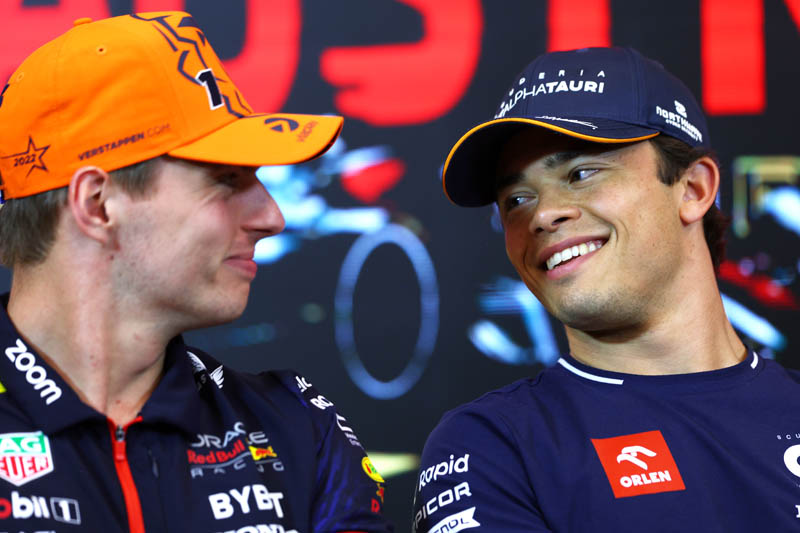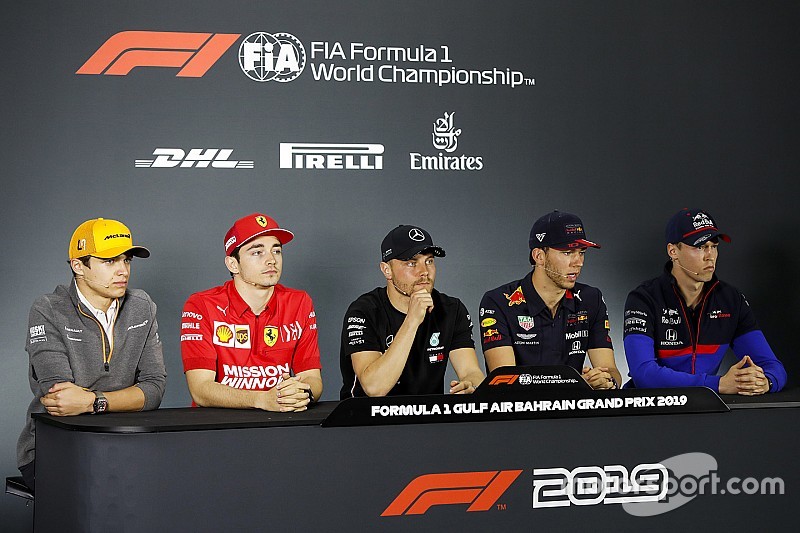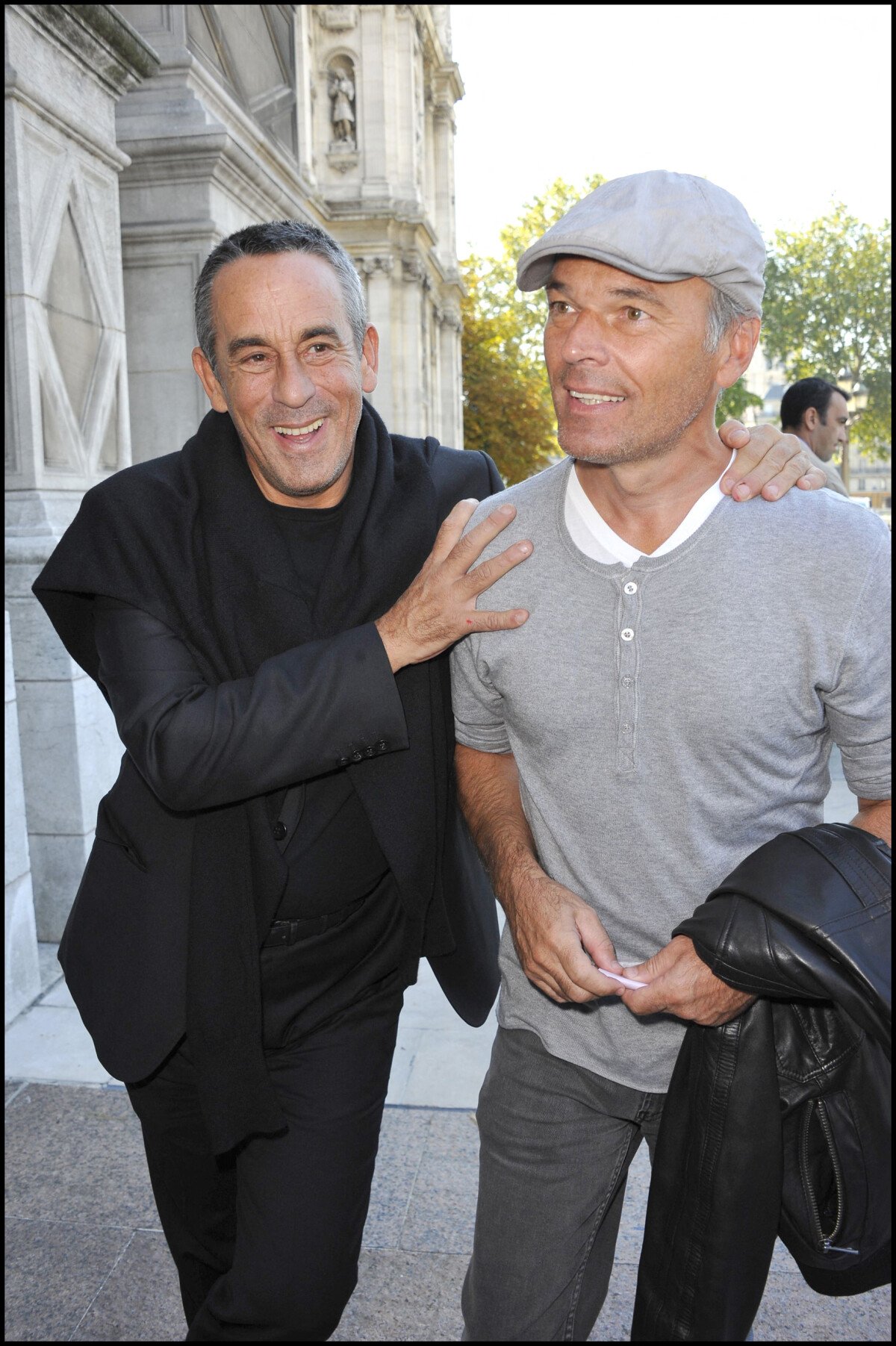Decoding The F1 Drivers' Press Conference: A Comprehensive Guide

Table of Contents
Understanding the Format and Structure of an F1 Press Conference
The F1 Drivers' Press Conference follows a generally predictable structure, yet its intricacies are often overlooked. Typically, the event begins with introductions, often led by a moderator or designated interviewer. This is followed by a question-and-answer session where journalists from various media outlets pose questions to the drivers. The conference concludes with closing remarks.
Different types of press conferences exist, each with its own unique focus. Pre-race press conferences often center around expectations for the upcoming Grand Prix, car setups, and strategic approaches. Post-race press conferences, naturally, focus on the race itself, analyzing performance, incidents, and the overall result. Sometimes, special press conferences are held to address specific announcements or controversies.
Key elements defining the format include:
- The Role of the Moderator/Interviewer: They control the flow, ensuring each driver gets a fair chance and keeping the session on schedule.
- Typical Time Allocation: Press conferences usually have a set timeframe, often leading to concise answers and a fast-paced exchange.
- Presence of Team Principals: While not always present, their attendance can add another layer of insight and strategic commentary.
- Emphasis on Specific Topics: The questions and answers often revolve around crucial aspects like race strategy, car performance, tire choices, and rivalries.
Understanding the context surrounding the press conference – recent race results, championship standings, and any ongoing controversies – is vital for correctly interpreting the drivers’ responses.
Deciphering the Drivers' Communication Styles
Drivers rarely reveal their true thoughts explicitly. The art of the F1 Drivers' Press Conference lies in understanding their subtle communication techniques. They might praise a rival strategically, deflect criticism with humor, or subtly hint at underlying issues within their team.
Drivers exhibit varied communication styles. Some are reserved and concise in their responses, offering little beyond factual information. Others are more outspoken, readily sharing their opinions and emotions. Some even inject humor to deflect difficult questions or diffuse tense situations.
Here are crucial communication aspects to observe:
- Body Language and Tone of Voice: These nonverbal cues can reveal much about a driver's true feelings, even if their words are carefully chosen.
- Use of Jargon and Technical Terms: The use of technical language can sometimes obfuscate or downplay a problem, while its absence can signal a lack of concern or understanding.
- Strategic Ambiguity and Word Choice: Drivers are masters of avoiding direct answers, using carefully chosen words to convey information without committing themselves.
- Use of Humor as a Deflection Tactic: A witty remark can deflect a difficult question, preventing a driver from revealing sensitive information.
Lewis Hamilton's measured responses contrast sharply with Max Verstappen's often blunt and candid pronouncements, highlighting the diversity in communication styles within the Formula 1 world.
Identifying Key Themes and Subtext
Beyond the surface level, an F1 Drivers' Press Conference often reveals underlying themes and subtext. Drivers might subtly hint at mechanical problems with their car, disagreements with their team, or flaws in their racing strategy without directly admitting them. Mastering the art of reading between the lines is essential for a complete understanding.
Identifying subtext involves:
- Reading Between the Lines: Pay close attention to indirect answers, evasive language, and carefully chosen words.
- Recognizing Evasiveness or Avoidance: When a driver repeatedly avoids a specific question, it often indicates a sensitive or problematic area.
- Interpreting Non-Verbal Cues: Body language and tone of voice are crucial in detecting subtext. A forced smile or a tense posture might reveal hidden anxieties.
- Understanding the Team's Public Image Goals: Team PR strategies significantly influence driver responses. Understanding these goals allows one to interpret answers more accurately.
Media pressure and public perception significantly impact how drivers respond to questions. A driver might tailor their answers to maintain a positive public image or avoid controversy.
Utilizing Online Resources to Enhance Understanding
To fully appreciate the intricacies of an F1 Drivers' Press Conference, leverage various online resources that provide access to transcripts, videos, and related commentary.
Helpful resources include:
- Official F1 Website: Provides official press conference videos and sometimes transcripts.
- Team Websites and Social Media: Teams often post their own summaries and highlight reels.
- News Outlets Covering F1: Reputable news sources provide analyses and commentary on the press conferences.
- F1 Fan Forums and Communities: Engage with fellow fans for diverse perspectives and interpretations.
By comparing and contrasting information from different sources, you can gain a more comprehensive understanding of the events and their implications.
Conclusion: Mastering the Art of the F1 Drivers' Press Conference
This guide has equipped you with the knowledge to decipher the subtleties of the F1 Drivers' Press Conference, going beyond the surface-level answers to uncover hidden messages and strategic maneuvering. By understanding the format, communication styles, and subtext, you can gain a deeper appreciation for the complexities of Formula 1. Now that you've decoded the secrets of the F1 Drivers' Press Conference, you can dive into the next race weekend with a newfound appreciation for the drivers' words and actions! Actively engage with future F1 Drivers' Press Conferences, applying your newfound skills to uncover the untold stories behind the headlines.

Featured Posts
-
 Finding Joy After Loss Jonathan Peretzs Journey
May 26, 2025
Finding Joy After Loss Jonathan Peretzs Journey
May 26, 2025 -
 F1 Drivers Press Conference Insights And Analysis
May 26, 2025
F1 Drivers Press Conference Insights And Analysis
May 26, 2025 -
 The Plight Of Idf Soldiers Held In Gaza Their Stories Of Heroism
May 26, 2025
The Plight Of Idf Soldiers Held In Gaza Their Stories Of Heroism
May 26, 2025 -
 Silence Brise Thierry Ardisson Evoque Tout Le Monde En Parle Et L Apres Baffie
May 26, 2025
Silence Brise Thierry Ardisson Evoque Tout Le Monde En Parle Et L Apres Baffie
May 26, 2025 -
 Van Der Poel Defeats Pogacar In Milan San Remo A Stunning Repeat Win
May 26, 2025
Van Der Poel Defeats Pogacar In Milan San Remo A Stunning Repeat Win
May 26, 2025
